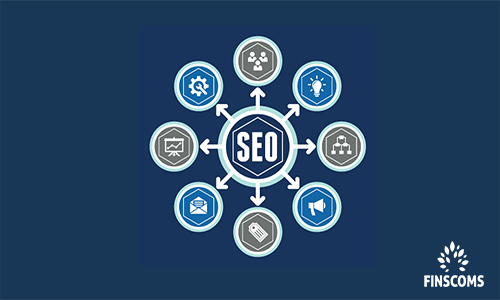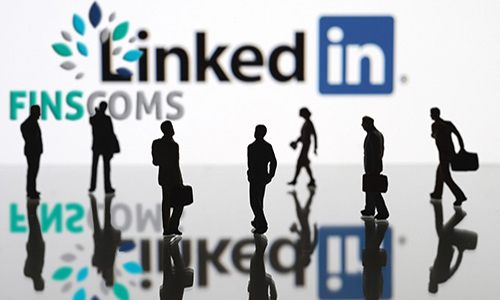
5 Ways to Save Money Marketing Offshore
Don’t charge the billable hour at the introduction stage? Feel like your inbound enquires are window shopping or worse still, looking for freebies?
Do you feel that sometimes you’re on a treadmill?
It’s a common problem, one that many fee earners believe they can’t avoid.
This doesn’t have to be the case. Did you realise that by using ‘smart content’ ‘video’ you can convert inbound enquiries without repetitive introduction emails/phonecalls and so forth. By scripting your website and marketing assets in a certain way, you can actually bring your prospective client closer by answering the standard questions in advance, thus reducing your lead time to billable hours.
If you invest nothing into your marketing budget than time this year, you can still see results.
- Take the time to get all of the fee earners around one table to discuss the most commonly asked questions by new clients
- Have each of the fee earners formulate how they answer this question and decide on the best delivery of that response
- Go to your competitors website and see if you can find the information there
- Visit your own website and try and find the information there (if it takes you more than 30 seconds to find it, you will have lost that visitor)
- Take one morning to write a new introduction to your website (or we can do this for you) that will answer the most commonly asked questions quickly.
And one more thing that will once again only cost you a little time, video these questions (we can design an opening and closing sequence for use in line with your brand guidelines) and answers and use them as a way of introducing your clients to your account handlers.
By investing this small amount of time, you will have brought all of your fee earners one step closer to billable hours, and saved your company countless hours throughout the year.
We work with our clients to free up their time at the introduction stage, do drop me a line to see how we can save you up to 30 hours a month.








